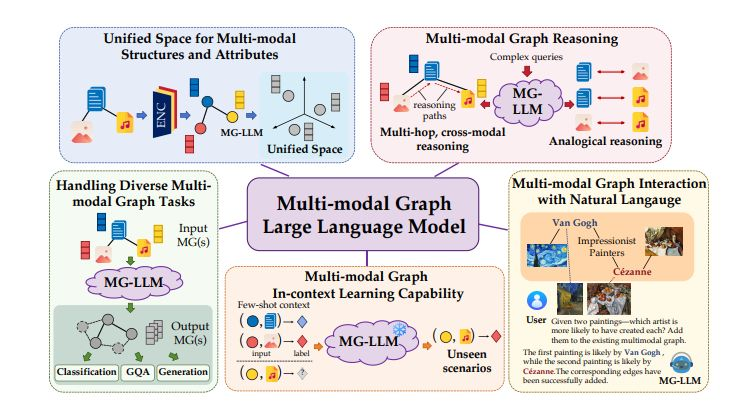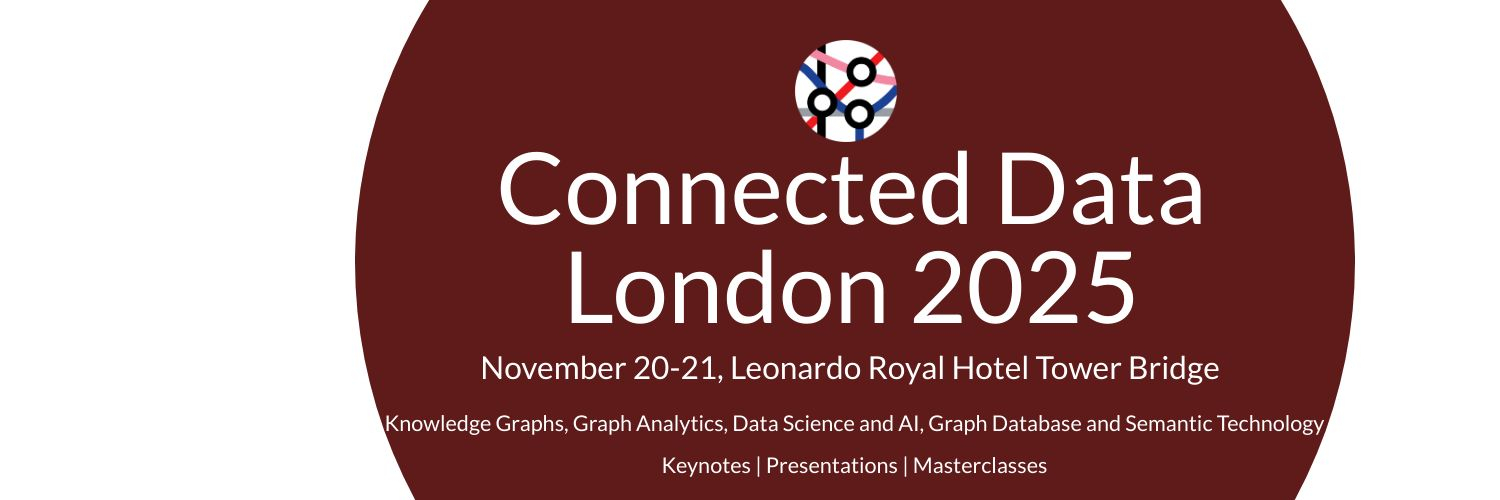
Connected Data
@Connected_Data
Connecting Data, People & Ideas since 2016. Using relationships, meaning, context in Data to achieve great things #KnowledgeGraph #GraphDB #AI #SemTech
Connected Data London 2025: Call for Submissions is now open 🚀 Ready to share your knowledge with the world's most passionate data community? This is YOUR moment! 🌟 We're seeking leaders and innovators to showcase: 🔗 Knowledge Graphs transforming industries 🧠 Graph…
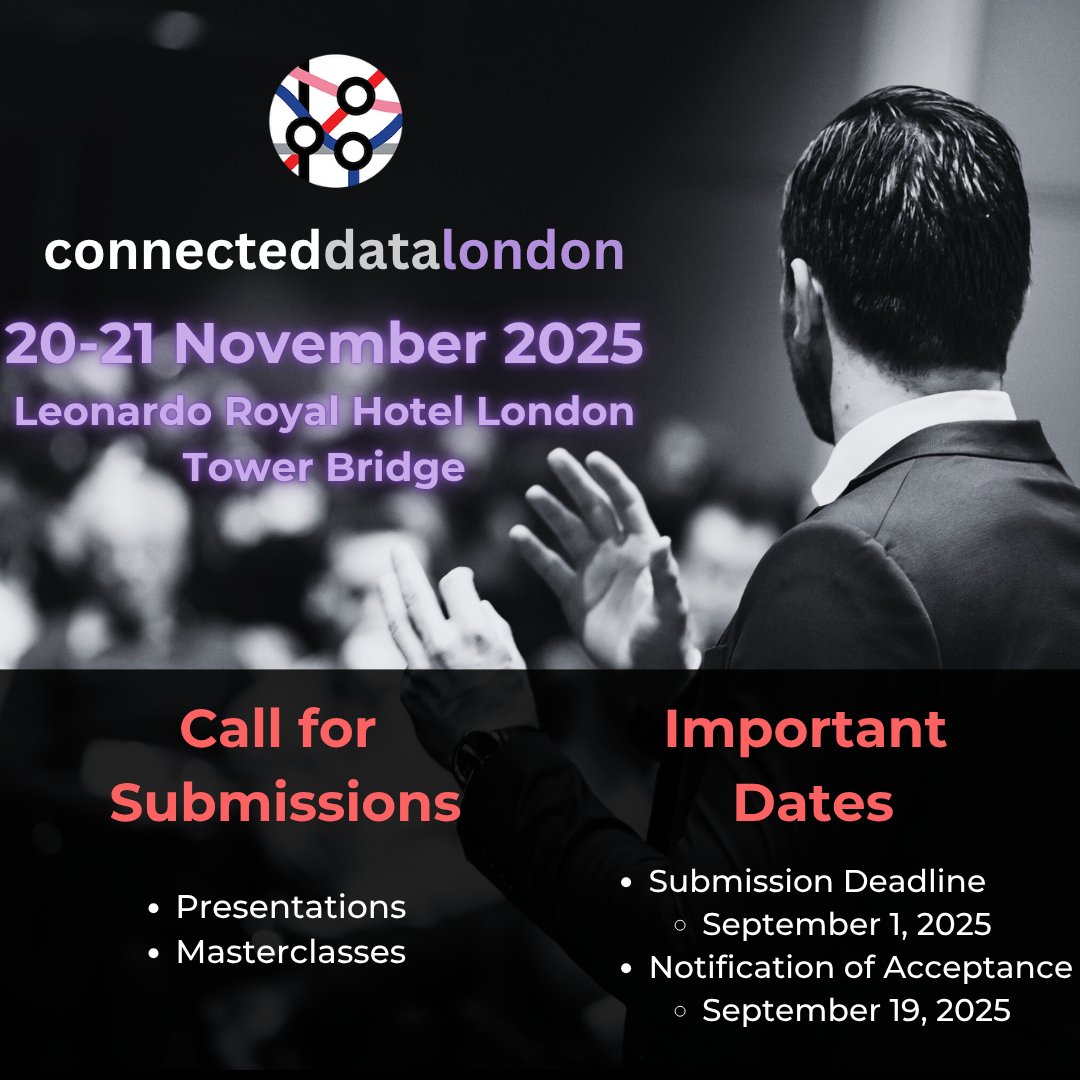
GraphFaker: Instant Graphs for Prototyping, Teaching, and Beyond Have you ever been delayed in testing your ideas because you had to hunt down the "right" graph data? GraphFaker is a free tool from our friends at the GraphGeeks Lab designed to address this issue. Getting good…
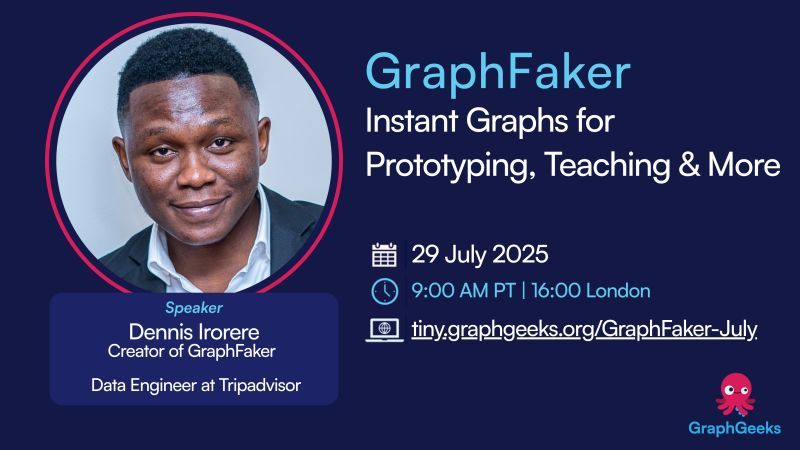
Graph Database Evolution Connected Data London 2025 Call for Submissions Highlight The Connected Data London 2025 Call for Submissions is open till September 1st ⏳ If you are considering sharing your knowledge with the world's most passionate data community, we are…

Causal Graphs vs Knowledge Graphs Describing the underlying causes of phenomena affected by multiple variables can often by done via the representation of causal graphs, which are often assumed to be directed and acyclic. The identification of causal graphs – delineating the…
Anomaly Detection with Graph Neural Networks (GNNs) A modern approach to time-series anomaly detection using GNN techniques. GraGOD is a modern approach to time-series anomaly detection using GNN techniques. It is a PyTorch-based framework that provides a flexible and modular…
GraphRAG Essential Training: Prevent GenAI apps from hallucinating This beginner-friendly course introduces the fundamentals of GraphRAG (Graph Retrieval-Augmented Generation), a cutting-edge technique that combines knowledge graphs with generative AI to enhance contextual…
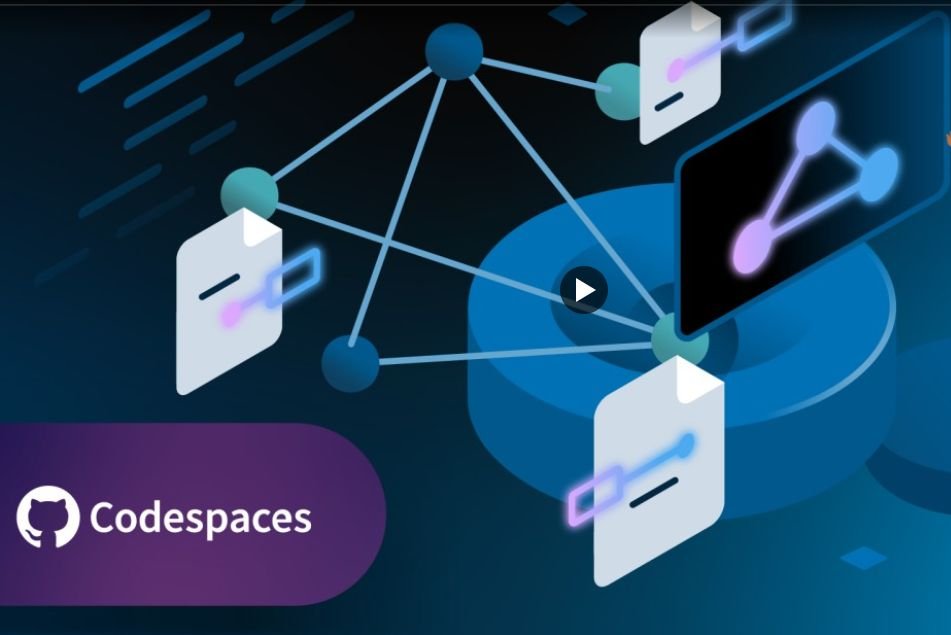
Ontology 101: From Ancient Greece to AI As the significance of graphs continues to grow in the AI space, particularly with technologies like Graph RAG and Text-to-Query exploration, developers face challenges in transitioning from or converting traditional data structures to…
Multimodal for #KnowledgeGraphs - MM4KG KGs have emerged as powerful tools for representing complex relationships between entities, but they typically rely on single-mode data. MM4KG advances this by integrating multiple data types to strengthen KG capabilities 🧵 #AI #Python
GenAI and Knowledge Graphs Connected Data London 2025 Call for Submissions Highlight The Connected Data London 2025 Call for Submissions is now open 🚀 If you are considering sharing your knowledge with the world's most passionate data community, we are highlighting topics we…

Speaker Announcement: Welcoming Tony Seale to Connected Data London 2025! For over a decade, Tony has been passionate about linking data. His innovative vision for integrating Large Language Models (LLMs) and Knowledge Graphs in large organisations has gained widespread…
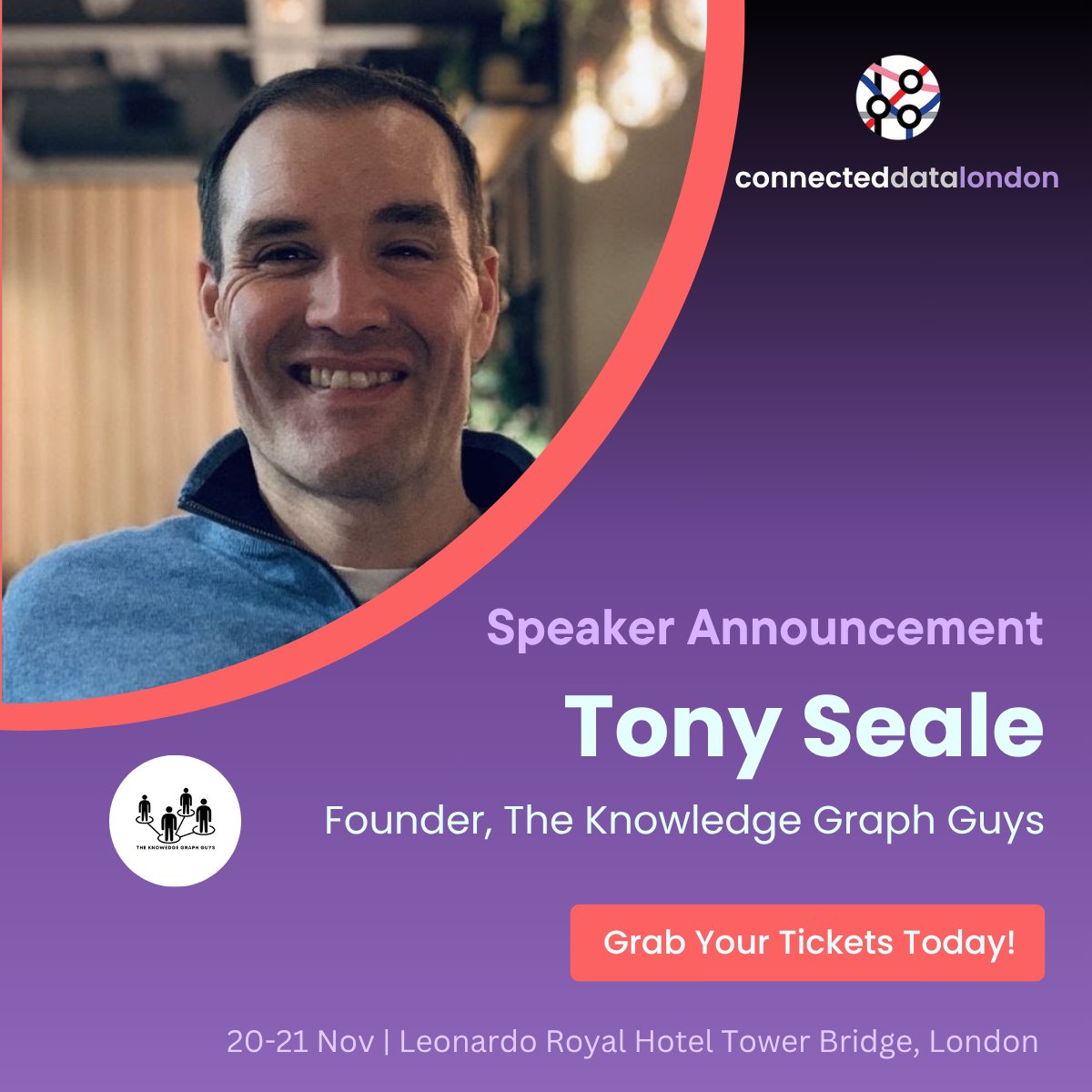
RAG-Anything: An all-in-One RAG System LightRAG + Multi-Modal = RAG-Anything Modern documents increasingly contain diverse multimodal content—text, images, tables, equations, charts, and multimedia—that traditional text-focused RAG systems cannot effectively process.…
The Great Divide: Why Ontology and Data Architecture Teams Are Solving the Same Problems with Different Languages In enterprise organisations today, two important disciplines are working in parallel universes, tackling nearly identical challenges whilst speaking completely…
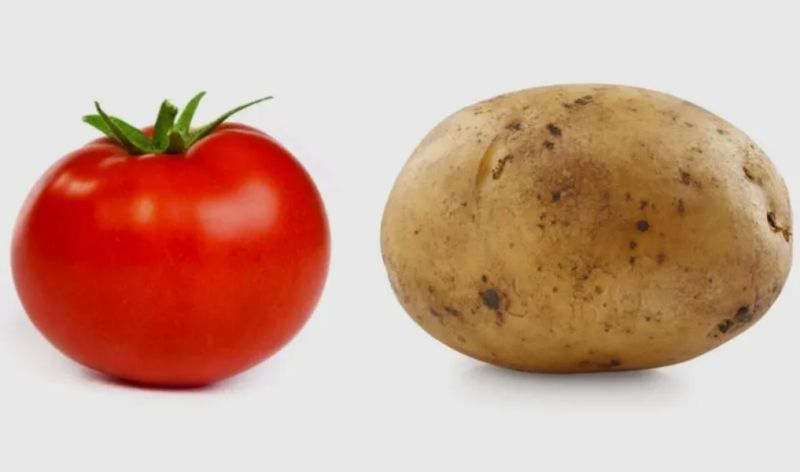
Structural Alignment III: Learning on Graphs as a Function of Structure Re-examining Conventional Link Prediction The structure of a graph has a very strong impact on how well parts of the graph can be learned by link predictors. More well-connected regions are learned better;…
Adding More Context to Machine Learning, Using Taxonomies and Knowledge Graphs Machine learning is only as good as the data in which it is trained on, or the assets it is used to enrich. For categorical and named entities, we tend to use many of the same open resources for our…
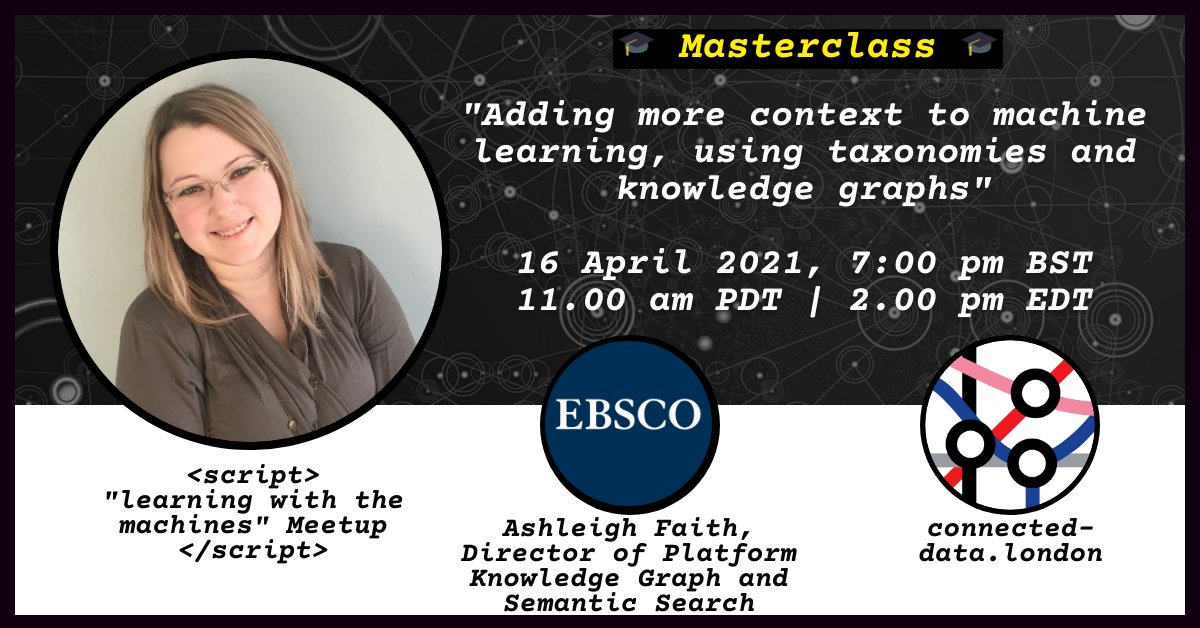
The Developer's Guide to GraphRAG You’ve built a RAG system and grounded it in your own data. Then you ask a complex question that needs to draw from multiple sources. Your heart sinks when the answers you get are vague or plain wrong. How could this happen? Traditional…
Data Catalogs and Semantic Layers Connected Data London 2025 Call for Submissions Highlight The Connected Data London 2025 Call for Submissions is now open 🚀 If you are considering sharing your knowledge with the world's most passionate data community, we are highlighting…
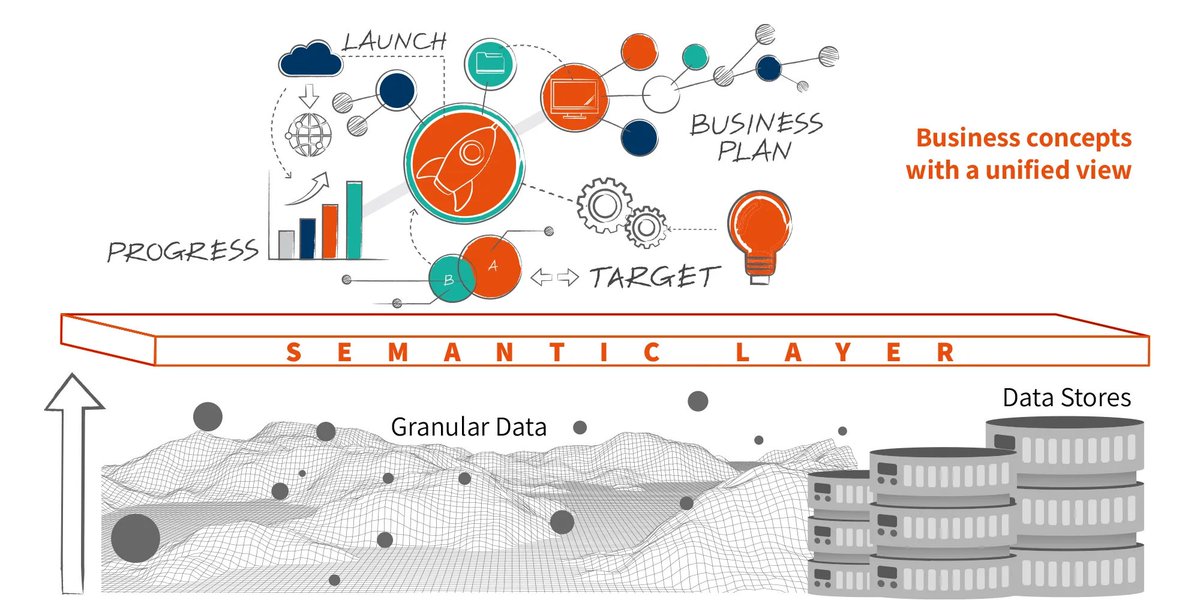
Structural Alignment II: Understanding Graph Structure What is graph structure? At the simplest possible level, graph structure is a description of a graph that: 1) Directly references patterns of how the information in a graph is expressed. 2) Does not directly reference the…
Structural Alignment: Introduction to Knowledge Graphs and Link Prediction Knowledge Graphs (KGs) are databases that store information in as a collection of simple sentences called “triples”, such as (Aragorn, Ally-Of, Frodo) or (Frodo, Enemy-Of, Sauron). Link Prediction (LP)…
Towards Multi-modal Graph Large Language Models Multi-modal graphs, which integrate diverse multi-modal features and relations, are ubiquitous in real-world applications. However, existing multi-modal graph learning methods are typically trained from scratch for specific graph…
